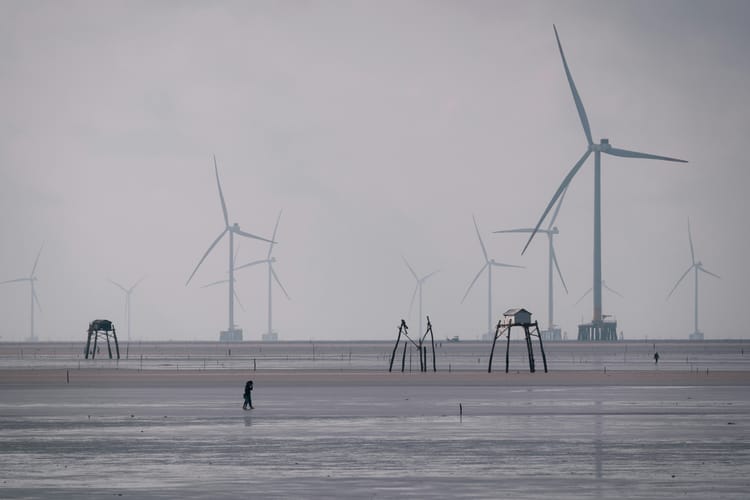Investors managing US$29 trillion call for stronger climate policies – including carbon pricing

More than 500 global investors who collectively manage US$29 trillion in assets have asked governments for stronger, “economy-wide” climate policies – including carbon pricing mechanisms – to drive greater investment flows towards the net zero economy.
In the 2024 Global Investor Statement to Governments on the Climate Crisis, 534 financial institutions (including the likes of Aviva, AXA, M&G and Nordea Asset Management) argue that the lack of robust and coherent national climate policies is one of the reasons why investment in clean energy and climate change mitigation still falls short of the level needed to limit the temperature rise to 1.5ºC.
This is despite many investors’ voluntary net zero commitments, funding targets and engagement with both portfolio companies and governments on transition plans, they add.
“Effective policies are essential at all levels of government to accelerate the private capital flows needed for a climate-resilient, nature-positive, just net zero transition. Therefore, we encourage a whole-of-government approach to implement policies in line with countries’ nationally-determined contributions (NDCs) and a 1.5°C scenario, recognising common but differentiated responsibilities and respective capabilities between emerging and developed economies, that will accelerate private sector action and large-scale investment,” the letter says.
‘Robust carbon pricing mechanisms’ needed
The investors go on to list five areas where they expect governments to step up. The first is to enact economy-wide public policies aligned with a 1.5ºC scenario – including grants and incentives, as well as “robust carbon pricing mechanisms, rising over time”.
National carbon pricing mechanisms can include carbon taxes (whereby polluters pay a certain price per tonne of CO2-equivalent emitted) and emissions trading systems or ETS (where tradable emissions allowances are auctioned to polluters).
These mechanisms have proven very effective at lowering a country or region’s emissions: at around US$61 per tonne, the EU ETS led to a 15.5% fall in emissions between 2022 and 2023, while generating US$47 billion for domestic climate action.
Yet it’s estimated that only 1% of global emissions are currently priced high enough to meet the goals of the Paris Agreement – between US$40 and US$80 per tonne.
Among other recommendations for these economy-wide policies, investors also encourage governments to develop climate-resilient, net zero government procurement standards, and to encourage inclusive national adaptation planning and supportive financing plans to promote climate resilience.
Remove fossil fuel subsidies
The second area of action is around sectoral transition strategies for high-emitting sectors, particularly power generation and fossil fuels. Here, the investor group calls for fossil fuel subsidies to be removed and replaced with clean energy subsidies or “tax breaks that boost clean energy deployment and bolster low-emission fuels”.
They also push for governments to establish targets to phase out “unabated” fossil fuel use in line with a 1.5ºC pathway, and to support the Global Methane Pledge to reduce emissions by at least 30% from 2020 levels by 2030.
Further areas of action include nature, water and biodiversity – where governments have been urged to strengthen their policies before – climate-related disclosures – which should be “mandated across the financial system” and include Scope 3 reporting – and mobilising further private investment into climate mitigation, resilience and adaptation activities in emerging markets and developing economies.
“As investors and financial institutions, we are committed to working with policymakers to deliver this approach in order to drive collective prosperity and sustainable economic growth while achieving our shared climate and nature goals in a way that maximises the benefits for people and nature,” the investors conclude.







Member discussion